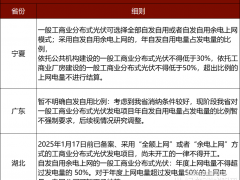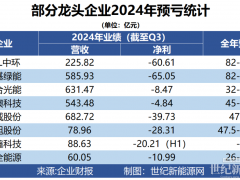英国广播公司在以日本宇宙航空研究开发机构(JAXA)的声明为基础的新闻报告中指出,日本科学界正欢欣鼓舞,因为他们收到的“Ikaros确认”,表明已成功地部署太阳帆。
太阳帆200平方米的薄膜,旨在展示一种简单而有效的手段太阳光的可行性。这项技术作为化学燃料的替代而广受科学家推崇。
该技术原理十分简单,光子或者光粒子下降将对超薄(仅7.5微米Ikaros基因)表面形成高度压力反光。起初力量是微小的,但随着时间的推移,力量将不断加速度。
日本科学家和工程师们高兴的是,自去年2010年6月3日扬起开始太阳帆已实现成功部署。该项目目的在于测试他们已经为此建立的转向系统。这些数据将今后完成类似任务和即将到来的飞船将利用太阳帆设计提供宝贵资料。
The Japanese scientific community is up in jubilation as they have received confirmation that “Ikaros” has successfully deployed it solar sail, reports BBC News based on a statement from the Japan Aerospace Exploration Agency (Jaxa).
The 200 sqm film is designed to demonstrate the feasibility of using sunlight as a simple and efficient means of propulsion. This technology has been pushed by some scientists as an alternative means of travelling around the solar system instead of conventional chemical fuels.
The principle is quite simple, photons or particles of light falls on a highly reflective, ultra-thin (just 7.5 microns in Ikaros) surface will exert a pressure. The force at first is tiny but continuous and over time would produce acceleration.
Japanese scientists and engineers were delighted that the solar sail has deployed successfully since it began unfurling last June 3, 2010. The purpose of this project is to test the steering systems they’ve built for this purpose. Such data would be invaluable for future similar missions and designs of upcoming space craft that would utilize the solar sail.
 微信客服
微信客服 微信公众号
微信公众号









0 条